Name Sarah Ballard Role Astronomer | ||
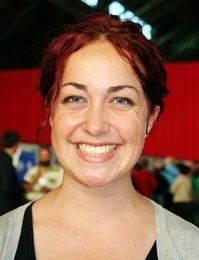 | ||
Known for Discovery of Kepler-19c | ||
2015 l or al usa for women in science fellow dr sarah ballard
Sarah Ballard (born 1984) is an American exoplanetary astronomer currently at the Massachusetts Institute of Technology, as a Torres Fellow and L’Oreal Fellow. Ballard has been a NASA Carl Sagan Fellow.
Contents
- 2015 l or al usa for women in science fellow dr sarah ballard
- Sarah ballard directions to the nearest alien earth like planet
- Education
- Exoplanet discoveries
- Transit timing variation
- Other contributions
- Status as Fellow
- References
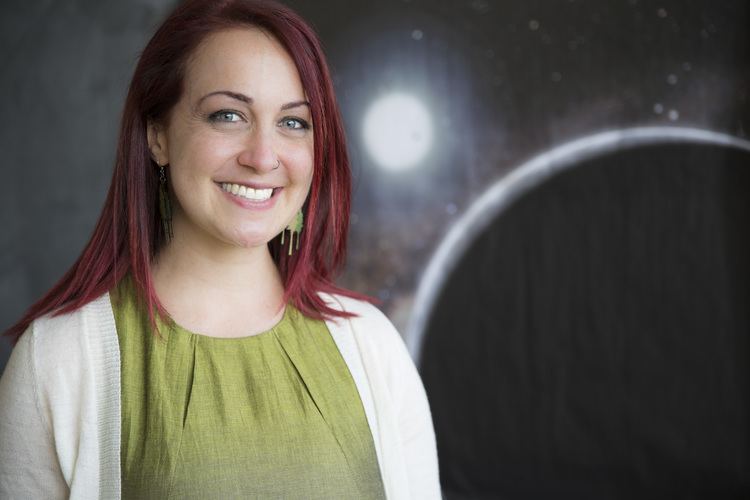
She was part of a collaborative team that was the first to successfully use the transit-timing variation method. This resulted in her team’s confirmation of this theoretical search procedure and the discovery of the Kepler-19 planetary system with that technique. Ballard took part in the discovery of four exoplanets (early numbered) in the Kepler spacecraft mission prior to its finding of significant quantities of planets around other stars.
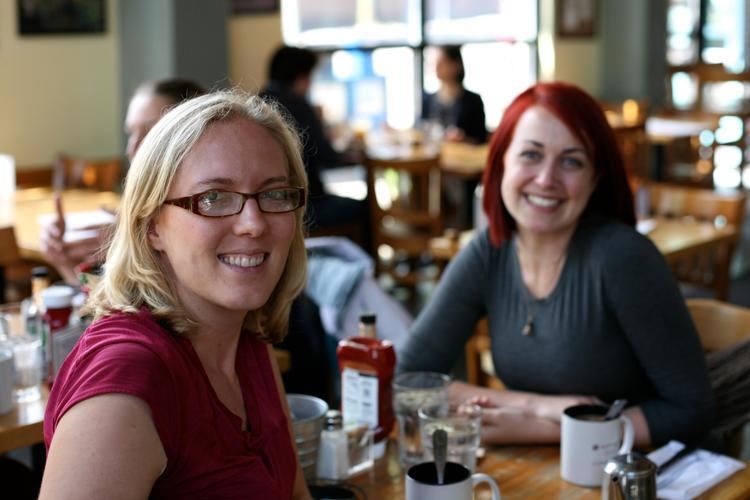
Ballard has also spoken about her experience as a victim of sexual harassment, about imposter syndrome, and about the controversy over the proposed Thirty Meter Telescope at the Mauna Kea Observatories.
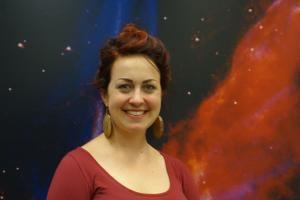
Sarah ballard directions to the nearest alien earth like planet
Education
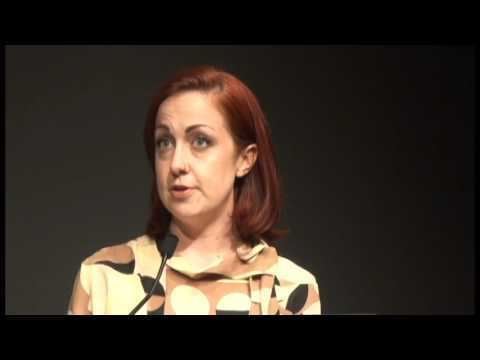
As an undergraduate, she started out as a gender studies major at the University of California, Berkeley. She completed a bachelor's degree from Berkeley in astrophysics in 2007, with highest distinction, with a minor in physics. She did her graduate studies at Harvard University, completing a doctorate in astronomy and astrophysics in 2012 under the supervision of David Charbonneau.
Exoplanet discoveries
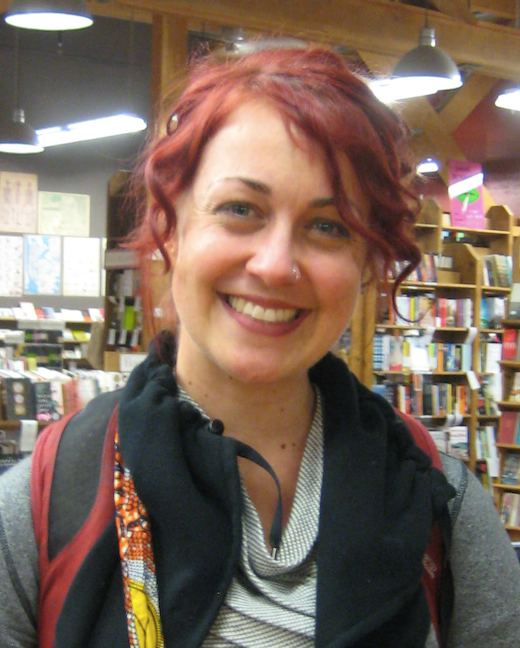
She took part in the discovery of four exoplanets before she turned 30 years old, including Kepler-19c, the first exoplanet found using the transit-timing variation method on data from the Kepler mission.
Transit-timing variation
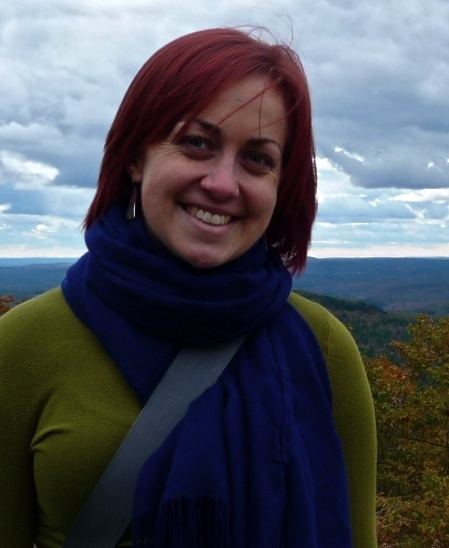
The transit-timing variation method (TTV) is one of two techniques, along with the transit-duration variation method, proposed in 2001 by the Sloan Fellow astronomer Jordi Miralda-Escudé. TTV was amplified upon in 2004 by astronomers Matthew J. Holman and Norman W. Murray; and by Eric Agol, Jason Steffen, Re’em Sari, and Will Clarkson. Ballard was the principal investigator in 2009's application to use the Spitzer Space Telescope to examine "The First Exoplanet Smaller than the Earth". She led the team which very precisely estimated the diameter of Kepler-93b to within 1 percent, using TTV.
Other contributions
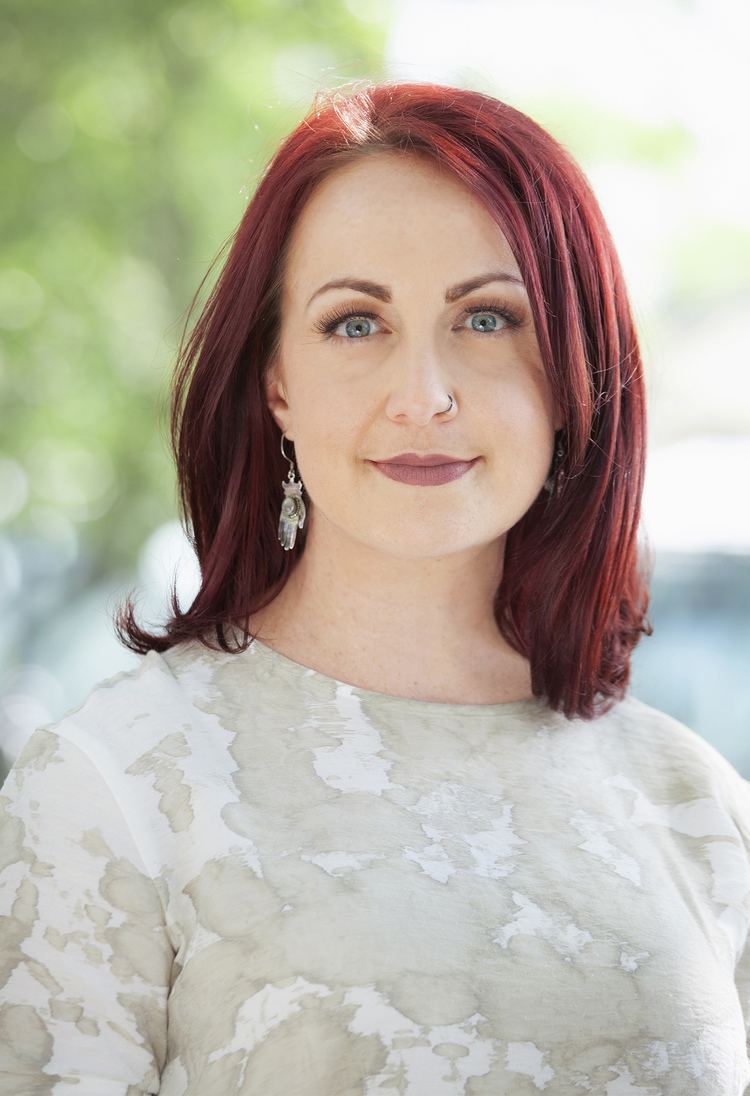
When pioneering exoplanetologist Geoffrey Marcy resigned from the UC Berkeley faculty over charges that he had sexually harassed female undergraduate students, Ballard came out publicly as one of his victims in order to help bring attention to sexual harassment in academia. In an interview published by Wired, she described that "In the parking lot outside her apartment [...] he gave her advice about her current relationship. She opened the door and stuck her legs out, eager to leave. [...] He put his hand on the back of her neck and told her to relax, that everything would work out with that boy".
She has written and conducted workshops on impostor syndrome. Ballard was also involved in the proposed Thirty Meter Telescope at Mauna Kea Observatory controversy. Her friend, Keolu Fox, a native Hawaiian, helped her see the issue from an indigenous perspective. Ballard spoke about the issue despite fears about the effects it may have on her career.
Scientists, including Ballard, have expressed concern in "An open letter to SCOTUS from professional physicists drafted by the Equity & Inclusion in Physics & Astronomy group" following oral arguments in the U.S. Supreme Court case commonly known as Fisher II involving inclusiveness in admissions policies at the University of Texas.
Status as Fellow
She was a NASA Carl Sagan Fellow at the University of Washington where she did postdoctoral work; and in 2015 was awarded a Women in Science Fellows postdoctoral fellowship by L'Oréal USA to continue her research at MIT.
